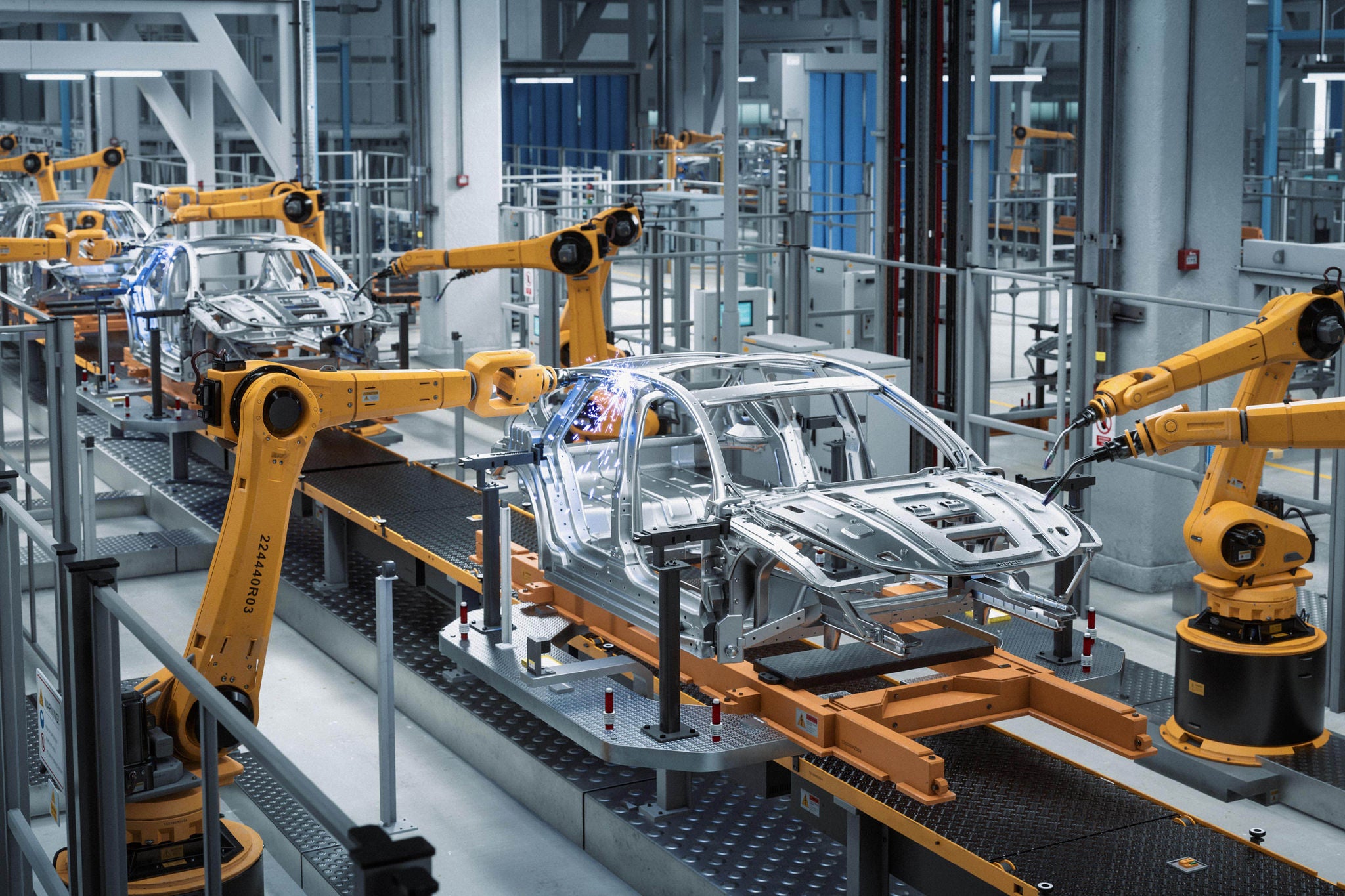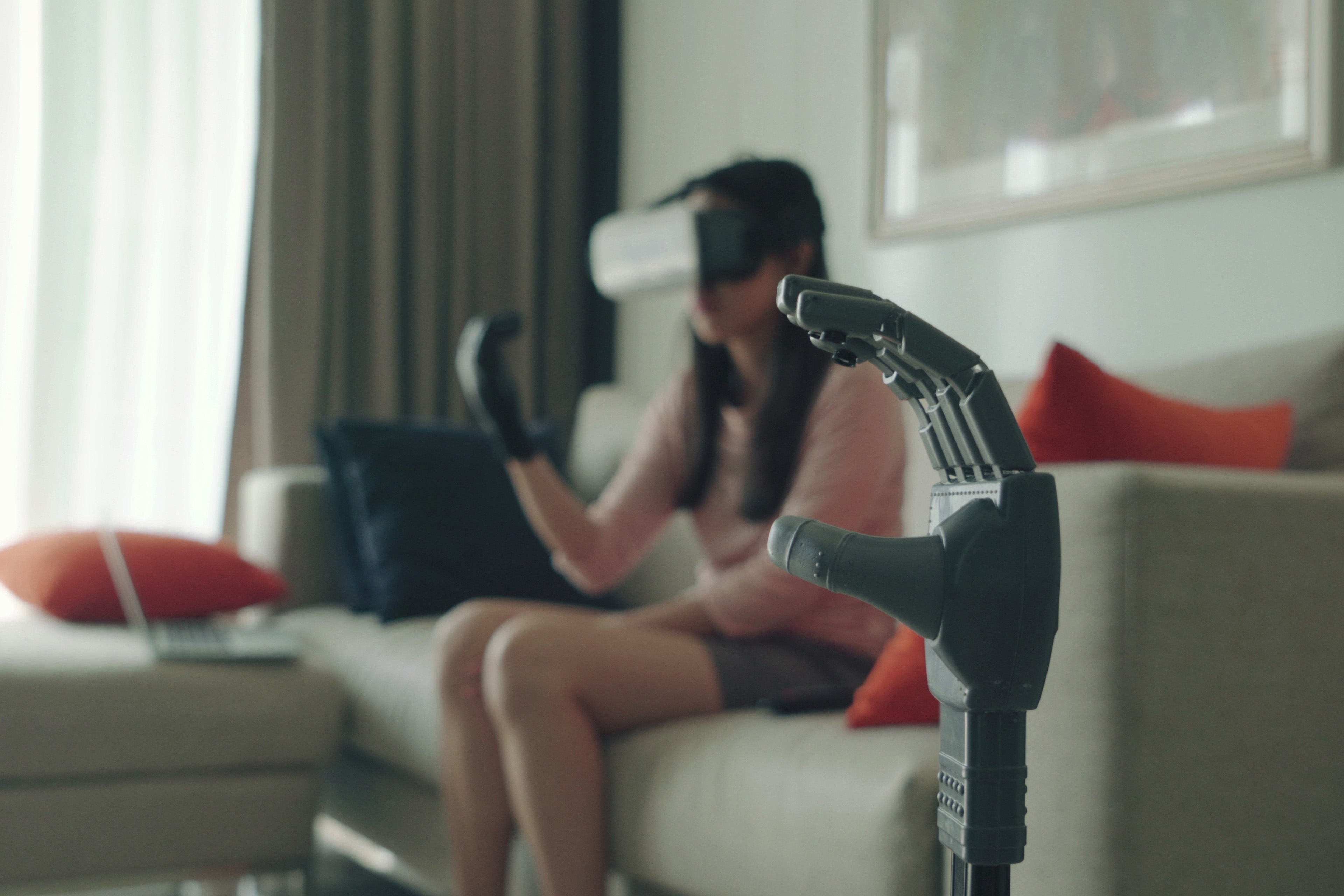EY refers to the global organization, and may refer to one or more, of the member firms of Ernst & Young Limited, each of which is a separate legal entity. Ernst & Young Limited is a Swiss company with registered seats in Switzerland providing services to clients in Switzerland.

The metaverse hype focuses on consumer aspects but Web3 also holds exciting potential for enterprise and industrial players.
In brief
- The metaverse hype tends to focus on the future benefits of consumer aspects – but real value creation is already happening in the industrial metaverse.
- Digital twins are a powerful way to monitor, manage and actively shape performance of real-world manufacturing facilities.
- The industrial metaverse is enabled by advances in technology and infrastructure and a move towards more collaborative ecosystems.
The metaverse remains a hot topic in the media. Recent attention has focused significantly on the consumer and entertainment aspects. Many companies are already on the brink of entering the metaverse with products and services, and most recognize that they need a metaverse strategy before it becomes an enterprise norm.
Well-known brands feature heavily in headlines about non-fungible tokens (NFTs), the gaming community is anticipating a new level of experience as virtual and augmented reality hardware and software come of age, and emerging smell and touch functionality enables a truly immersive experience. Businesses, governments and service providers are recognizing the opportunities of the metaverse for connecting and collaborating in a virtual space. EY is also embracing the metaverse and the opportunities it offers our clients and our people, including through EY wavespace, the EY metaverse lab and the EY Talent Tree or the immersive Web3 learning experience “EY Metaversity”.
Although the consumer and enterprise potential of the metaverse is exciting for stakeholders, some experts see the industrial metaverse as holding the most promise for value creation. Already the backbone of our real-world economy, industrial companies could drive innovation, improve processes, cut risks, increase productivity and save costs by exploring what the metaverse will mean for industry.
We’re living in the age of the Internet of Things (IoT), with almost 30 billion connected devices expected by 2030. The value to be extracted from these will increase as AI gets even more intelligent – and is enabled by a powerful mobile infrastructure that enables rapid transfer of vast data volumes. Digital twins are a powerful way to leverage the real-time data delivered from this real world and turn it into valuable analysis and predictive insights.
Oftentimes, the metaverse is still talked about in the future tense – something we’re working toward but a destination we’ve yet to reach. In industry, though, business shores have been stretching into the metaverse for some time. Industrial organizations are seeing this as a real value adding technology for now and beyond. Web3 technologies are already being leveraged to enhance current operations and processes: NFTs can be used as smart contracts for patents and intellectual propriety rights, while AR, VR and Metaverse platforms are becoming the pillars of augmented Building Information Modeling (BIM) software, allowing for better team collaboration, preventing costly adjustments and improving safety.
Various large industrial players have already developed metaverse projects and are using them now to improve their industrial operations. Let’s take a look at how some of the world’s leading industrial companies are using digital twins and other immersive technologies to manage and optimize their operations – and are sharing their insights with others.
As the above examples show, industrial metaverse applications are not a vision for the future – they’re happening now. And they’re enabled by improvements in hardware, the cloud, 5G and artificial intelligence and web3 technologies. Together, these advances are what enables processing at greater speeds and volumes. This coming together of success factors is also symbolic of how the metaverse works: only when all players collaborate can the potential truly unfold. And in a system where everyone’s contribution counts, you get more equitable access to company processes and developmental opportunities. This is the future of the metaverse, with a focus on value creation rather than solely revenue potential.
Summary
The industrial view of the metaverse is somewhat at odds with the traditional image of someone sitting at home with a VR headset. But it does highlight the ongoing trend of digitalization and its ultimate destination of digital-physical fusion. Industrial use cases for digital twins illustrate the idea that every physical action can have an impact in the digital world, and vice versa. In this sense, digital twins are not merely a passive reflection of their physical counterparts; they actively influence and shape it by combining physical and digital worlds.
Acknowledgments
We would like to thank Charbel Choufani for his valuable contributions to this article.
Our latest thinking
As the metaverse evolves, how can we transform barriers into enablers?
In the exciting and complex metaverse environment, technology is advancing rapidly but the legal landscape may struggle to keep up.




